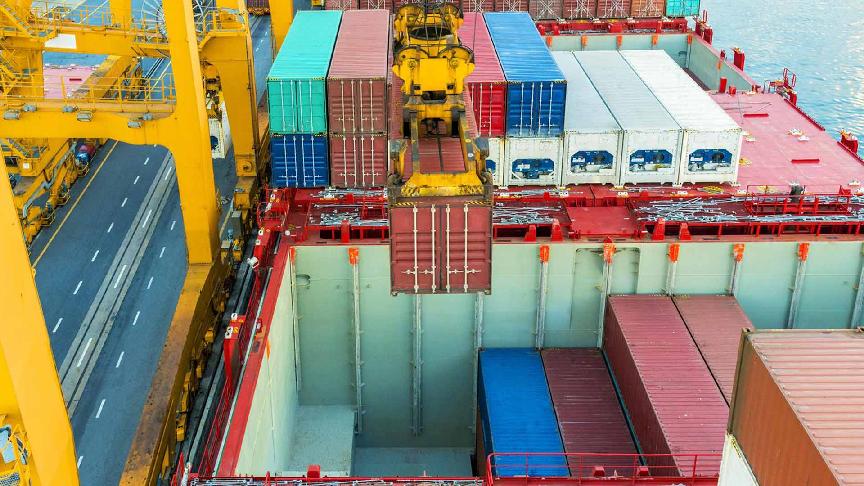by Lloyd's List
15 October 2024 (Lloyd's List) - EUROPE’S two largest ports are tightening their grip on who is collecting containers in a bid to combat drug smuggling by organised crime groups.
Belgium and the Netherlands detailed the progress they have made in a circular submitted to the International Maritime Organization’s Maritime Safety Committee.
A Europol report in 2023 highlighted that the PIN code method was the modus operandi of choice for gangs at Rotterdam and Antwerp-Bruges. In this technique, a corrupt port official hands over the PIN code needed to release a container to a driver. The report estimated that more than 200m tonnes of cocaine had been trafficked through the two ports using this method.
In a bid to curb this form of smuggling, both ports have established processes to make container release more secure. Antwerp-Bruges’ Certified Pickup provides release rights for containers when the final shipper is known. Similarly, Rotterdam’s Secure Chain requires an inland operator be nominated to receive container release data before collection.
Secure Chain is mandatory for all containers from North and South America, Africa, the Middle East, India and Pakistan, with all other locations to follow later this year.
Both methods remove eliminate the process of PIN code creation, which only required one compromised port official to abuse the entire system.
Alongside those new collection processes, Antwerp, Zeebrugge and Rotterdam are all using smart cameras and in the case of Antwerp-Bruges, AI, to monitor for suspicious behaviour throughout the port.
Aside from improving and tightening the technology half of the smuggling equation, Belgium is enacting laws to make the screening of port workers and IT workers, as well as those working in shipping companies, mandatory. The Netherlands was “exploring” ways to improve screening of port employees, the circular said.
Belgium will also share information and experiences with source countries to stay ahead of organised crime in the battle to prevent drugs from entering Europe’s biggest two ports.






